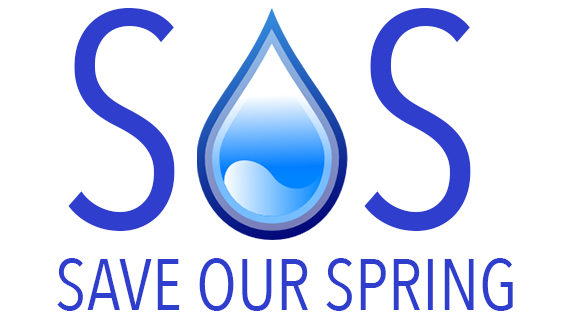Please view the complete document here
http://www.downloads.ene.gov.on.ca/envision/env_reg/er/documents/2014/012-1594.pdf. –
Arsenic Introduction
Arsenic is an element that is widely distributed throughout the Earth’s crust and therefore is often found naturally in Ontario groundwater.
Arsenic is used in the manufacture of a variety of products such as metal alloys, glass, and pharmaceuticals. Its historical uses as a wood preservative and pesticide has declined and are not considered to be an important source of exposure to the general population.
Arsenic is considered to be a human carcinogen. Arsenic exposure has been linked with cancers affecting organs such as the lungs, liver, skin, and the bladder.
The current Ontario Drinking Water Quality Standard for arsenic is 0.025 mg/L and was based on the previous CDWQG before it was revised in 2006.
The lifetime cancer risk associated with this value is about 80 additional cancers in a population of one million.
Basis of the Canadian Drinking Water Quality Guideline The revised CDWQG for arsenic is 0.01 mg/L and was established based on the incidence of lung, bladder, and liver cancers in humans, through the calculation of the risk from lifetime exposure from drinking water.
Although exposure to arsenic at any level can pose a potential health risk, minimizing exposure to arsenic from all sources will offer the best protection of human health.
Certified treatment technology for both municipal and residential systems is capable of reducing arsenic levels to 0.01 mg/L and this was the basis of the revised Canadian Drinking Water Quality Guideline.
The lifetime cancer risk associated with this value is about 33 additional cancers in a population of one million.
Advice from the Advisory Council on Drinking Water Quality and Testing Standards
The Advisory Council reviewed Health Canada’s supporting document for arsenic and recommended that “…the Ministry of the Environment endorse the revised Guideline for 6 Canadian Drinking Water Quality of 0.01 mg/L (10 µg/L) for arsenic in drinking water and adopt it as an Ontario Drinking Water Quality Standard”.
The letter further noted that Health Canada’s rationale used to establish the revised arsenic guideline represents the best information presently available anywhere in the world and by adopting the revised arsenic Guideline, Ontario will be advancing its commitment to maintain up-to-date, science-based drinking water standards that will ensure ongoing protection of water quality in this province.
Ministry’s Proposal for an Ontario Drinking Water Quality Standard for Arsenic The ministry recommends the adoption of the revised Canadian Drinking Water Quality Guideline of 0.01 mg/L for arsenic as the Ontario Drinking Water Quality Standard.
Strengthening the Ontario Drinking Water Quality Standard for arsenic will afford the best achievable protection for Ontarians and bring it in-line with other Provinces and Territories as well as with enforceable international standards in the United States and in the European Union.
Based on the most recent test results, the adoption of a more stringent drinking water quality standard for arsenic would require about 25 drinking water systems regulated by the ministry, including 3 municipal residential drinking water systems, to provide treatment upgrades or other solutions. It is also estimated that about 100 small drinking water systems under the jurisdiction of the Ministry of Health and Long-Term Care and local health units may also need treatment upgrades or other solutions in some arsenic-rich areas of the province.
Views: 24
